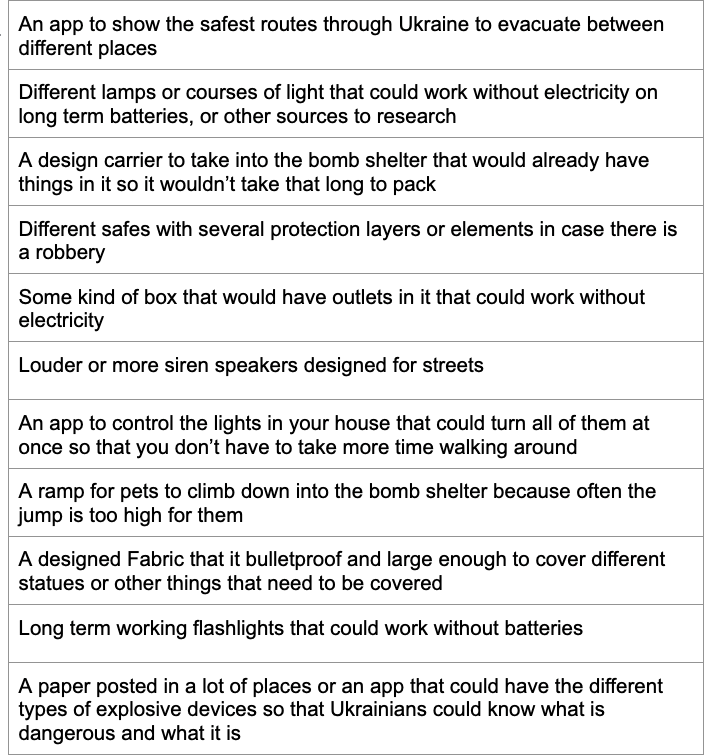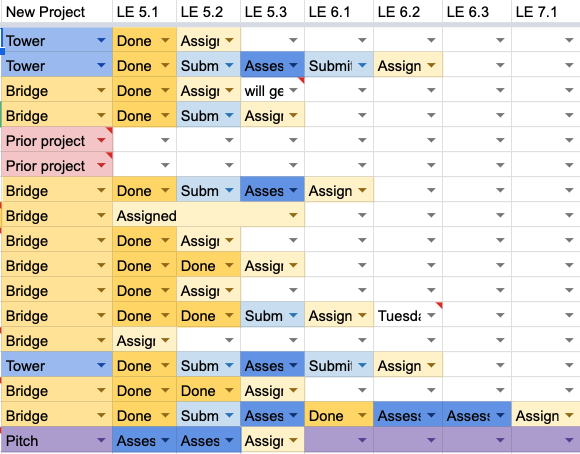Personalized Projects in MYP Design

Cindy Beals, Pechersk School International
One of PSI’s strategic plan goal areas is ‘Personalized’. In response to our aspirations to innovate in this regard, teachers have been adding various types of personalization to classes. For example, this spring in MYP Design, we have decided to offer a fully personalized final project.
Firstly, students have been presented with a choice of design challenges to engage with. We are empowering students to pitch their own project, where they will find a client for whom they will design a solution to their client’s (or their own) problem.
For students who want more structure, we are offering pre-made design challenges to either design and construct a bridge from spaghetti and glue to specifications, or design and construct a tower from limited materials (found in local grocery stores) that can withstand a simulated earthquake. Students were also given the option to continue working on enhancing a past project about which they are particularly passionate.
Once students have determined their projects, they are given the first of a series of learning experiences or formative assessments associated with the design thinking process. At each stage in the design process, they have the opportunity to remind themselves or extend their understanding about the stage in the design cycle with which they are engaged. Each learning task or formative assessment is expected to take between 20 and 90 minutes, with opportunities to connect with peers or their teacher to collaborate or receive feedback.
To personalize the pacing, students inform their teachers when they are ready for feedback or for the next learning experience. As such, students are working at a pace that best fits their needs. You can see in the screenshot of the tracking document that some students are racing ahead, so excited by their learning, and others are moving ahead at a different speed; appropriate to their needs and depending on what else is on their plates. In all cases, learners are making appropriate progress.
Through this process, students are fully empowered to design their own learning so that it fits to their needs, both in terms of what is learned and with regards to the pace of the experience. The design teachers are available to customize the learning experiences to fit their students’ individual needs associated with their learning, to give them encouragement and guidance during individualized meetings, and to provide feedback on the students’ provided evidence of learning.
We are finding that the students are excited by the flexibility of the project, where they can set their own deadlines adjusting as appropriate to what is going on in other classes and in their lives, as well as choosing a challenge they are genuinely interested in solving.
Image 1: Example bridge designed by one student
Image 2: Example tracking sheet showing students’ progress based on their pacing
Image 3: Example of one student’s initial ideas for a design thinking project


